how to use a wok
With all this Asian cooking going on, some of my readers have asked for some advice on how to choose and care for a wok properly.
A wok is essential if you are serious about cooking authentic Chinese food, so today's post is all about woks, what to look for when buying a wok and how to look after it.
What is a Wok?
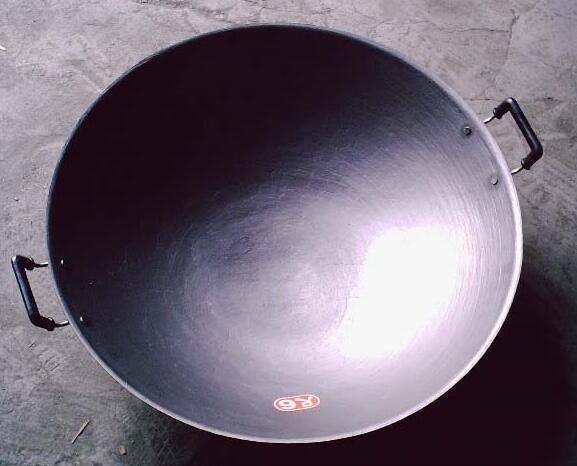
A wok is the main cooking tool in China and Southeast Asia, a large cooking pot characterized by a wide-open top with concave sides narrowing to a smaller flat bottom.
Since Chinese food is often fried, the wok's shape is designed to facilitate wide-action tossing and stirring while cooking, aka 'stir frying.' Although mainly used for frying they can also be used for steaming, stewing, deep frying and shallow frying.
Different Types of Woks
Iron Woks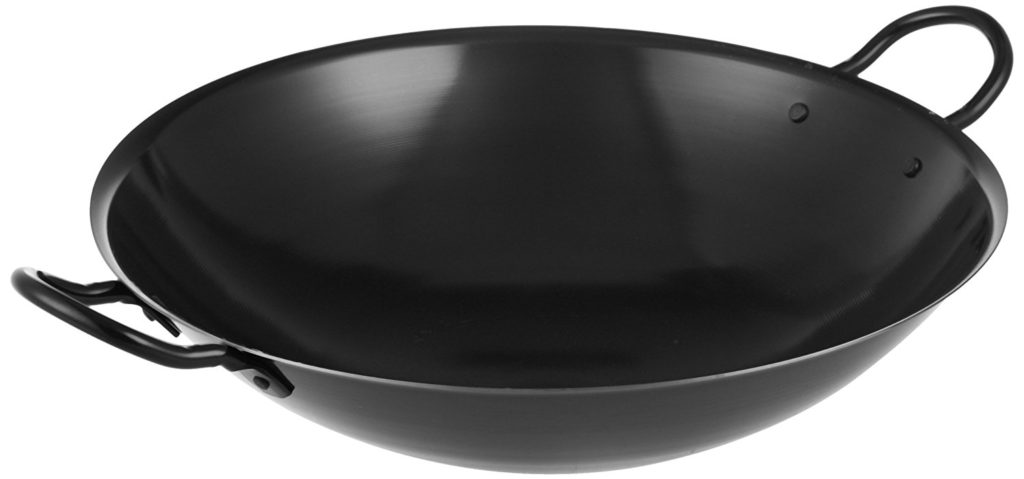
Iron woks come as either cast iron or wrought iron. Cast iron woks are brittle and easily broken, and are thicker and bulkier. They take a long time to heat up but maintain heat well. Wrought iron woks are thinner and lighter but lose heat quickly.
Then there is the aluminum alloy wok.
The advantage of the aluminum wok is that it is harder than that of iron. The thermal conductivity of aluminum alloy is better than iron or stainless steel, and it is cheaper. Many people believe aluminum is not suitable for long-term use but aluminum alloy is quite safe to use.
Non-Stick Woks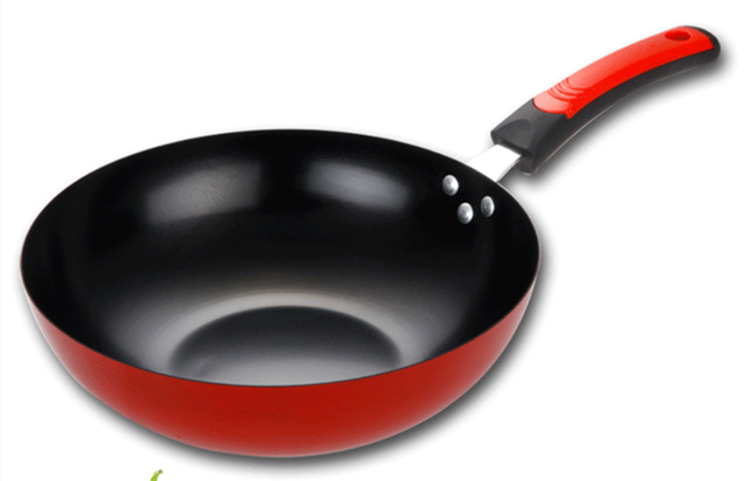
Non-stick woks perform well and are a good choice if you don't want the commitment of maintaining an iron wok. Teflon and ceramic non-stick surfaces are the most durable and popular.
Stainless Steel Woks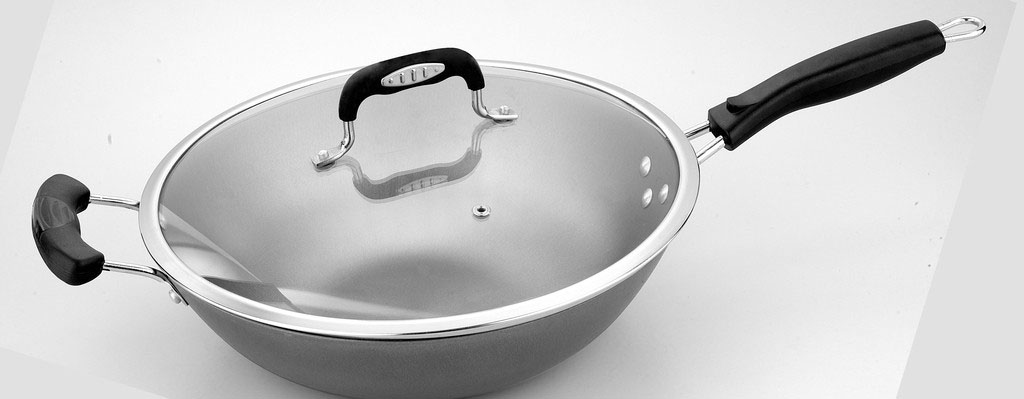
Although a stainless-steel wok is lighter than an iron wok, it is just as sturdy, and it has good heat conductivity.
Iron vs Stainless Steel
The Cast Iron Wok
The traditional cast iron wok does not contain other chemical substances, and the antioxidant capacity is relatively strong. Although it does not produce food residues during cooking, it can leach iron ions into the food.
This is not a problem since our bodies can absorb iron, and uses it for the synthesis of hemoglobin, helping to prevent iron deficiency and anemia. At the same time, cast iron woks are very durable, heat evenly, and are outstanding at retaining heat.
Disadvantages: ordinary iron rusts easily, and rust can cause damage to the liver.
They are heavy, and cannot be maneuvered easily, making for clumsy stir fry action. Cast iron woks, therefore, tend to be the master instead of the servant.
The Stainless-Steel Wok
Compared to an iron wok, stainless steel is lighter and thinner and can achieve good heat. The great thing about stainless steel pots, in general, is that they do not rust, which greatly reduces the cleaning time and effort after cooking.
Disadvantages: stainless steel has poor insulation and loses heat quickly. Using stainless steel pots in winter can case your food to go cold quickly if it's not eaten immediately.
Stainless steel woks are more expensive than iron woks with prices often about 30% higher.
Stainless steel does not provide the advantages of iron in your food.
So, which one should I choose?
If you are a novice, love cooking and but don't get a lot of time, I recommend you get yourself a wok with a non-stick surface.
My recommendation for authentic Chinese cooking is a good quality wrought iron wok. They are cheaper and have the advantage of fast heat transfer, low maintenance (they don't rust as easily as cast iron) and get better the more you use them.
The Benefits of Cooking with a Wok
The first big advantage of cooking with a wok is that you will use less oil.
Over time, your wok surface accumulates a shiny layer of oil which gives the same effect as a non-stick pan. You will only need to wash the wok with hot water; no need to use detergent.
The second advantage is that the traditional iron wok avoids the potential impact of harmful substances on your health.
Non-stick surfaces containing carbon tetrafluoride may damage the liver, can affect growth and development, may cause cancer, and can also lead to premature menopause in women.
Thirdly, an iron wok can add iron to your food. At high temperatures, a small amount of iron from the wok surface will penetrate into the food.
How to Season a New Wok
A brand-new wok will have a residue of impurities from the manufacturing process, and also a protective layer to prevent it rusting until its first use. This anti-rust agent needs to be cleaned off before you cook in the wok. This process is commonly called 'seasoning.' It is also the first step to caring for the iron surface.
Seven Steps to Season Your New Wok
1. Prepare a piece of raw pork fat.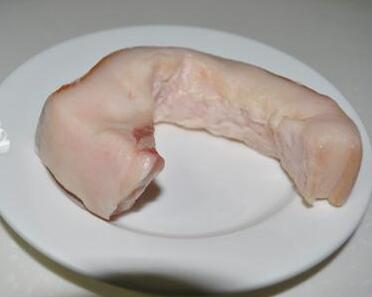
2. Remove all the labels from the new wok, wash it with hot water, and place the wok on the stove to dry on low to medium. Pay close attention to the bottom where water accumulates.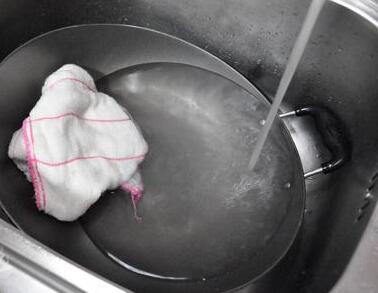
3. Take the pork fat and wipe it over the surface of the wok in a spiral pattern from the bottom to the top. This will prevent any fat dripping onto your hand. Gradually cover the whole surface evenly with the pork fat.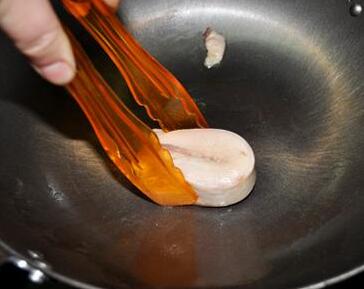
4. Continue to wipe the surface of the wok with the pork fat until it burns and reduces in size.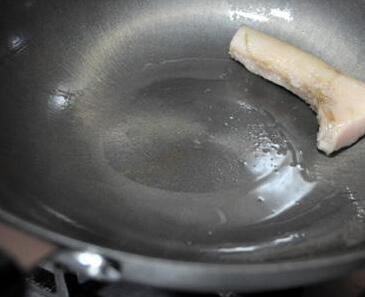
5. Remove the wok from the stove and pour out the excess oil. Wipe with kitchen paper, and clean with hot water. Repeat steps two, three and four.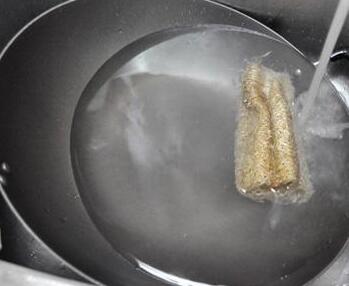
6. Repeat this process of wiping the pork fat over the heated wok surface, cleaning and wiping again until the pork no longer burns. This should take about 3-4 goes. When the pork burns and blackens, cut off any burnt fat with a knife and resume the process.
7. Wash the wok with hot water and dry on the stove on low heat. Finally, with a piece of kitchen paper, wipe a thin layer of vegetable oil over the surface of your wok, and you're done.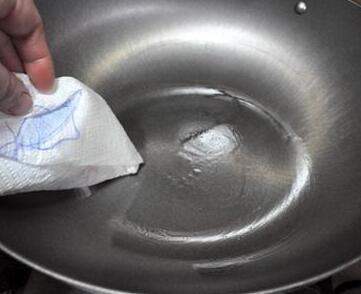
How to Clean Your Wok
After regular use over a long period of time, your wok will accumulate a thick layer of oil around the top edge. This will need to be cleaned off periodically, which you can do following these steps:
1. Ordinary detergent is ineffective at removing this ring of thick oil residue around the top of the wok and steel wool will only clog up with oil, so is also ineffective.
2. You will need to use a knife first to cut through this grease and scrape it off until it is completely clean. You will need to scrape left to right, and right to left. Rinse with water several times, and then use detergent and steel wool a couple of times.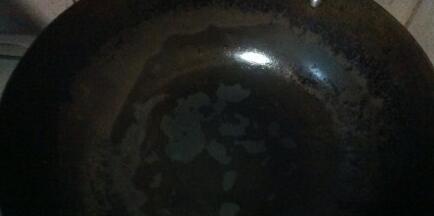
3. Once the oil has been cleaned off, the wok must be oiled again to prevent rust forming. Heat the wok until dry and pour in a little oil, swirling it around with a spoon or a spatula, taking care to cover the whole surface.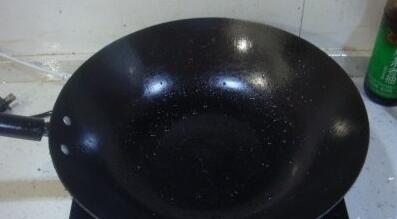
Tips for a Healthy Wok
After each use of your iron wok, you will need to clean it while it is still hot to prevent any food adhering to the surface. Clean it with hot water and a soft cloth, not with detergent, and dry it on the stove.
Principles to Remember When Using Your Wok
Iron woks rust easily, and if your body absorbs too much iron oxide (rust) it can harm your liver.
Therefore, taking good care that your wok does not rust is important.
Principle 1
After the meal is finished, you must wash the inner wall of the wok and wipe it with oil to avoid rust and other harmful substances forming.
Principle 2
Try not to cook soup in your wok. A wok is not suitable for making medicinal food, or for boiling.
Principle 3
Do not leave food in an iron wok overnight. Any acidic substances will dissolve the iron, destroying the Vitamin C value of vegetables and corroding the wok surface.
Principle 4
Keep the use of detergent to a minimum. If your wok has a small amount of rust, you can use vinegar to clean it off.
Principle 5
If your wok has serious rust or thick black residue, do not use it.
How to Cook Using a Wok
Skill One: Remove Wok Smells
Cooked fish and other food odors can embed into your wok and can be difficult to remove. Boil a little tea in the wok to get rid of the smell.
Skill Two: Remove Rust
Cleverly remove rust by painting over it with vinegar, and then scrubbing with water. If the rust is stubborn, rub in a paraffin solution.
Skill Three: Remove Grease Build Up
To get rid of charred grease build up, put a fresh pear on to boil in the wok. The grease should then fall off easily.
Enough cleaning! It's time to cook up a delicious meal with your wok!
Singapore Chow Mei Fun is a perfect recipe to make using your wok.
Want more?
Dry Fried Beef Ho Fun Recipe
Yangzhou Fried Rice Recipe
How to Cook the Perfect Fried Rice
Five Tips for Buying a New Wok
1. Check the wok surface is smooth with no dents. The casting process can produce imperfections, but marks such as irregular light lines are not a problem.
2. Look at the size of the wok base. A small wok base allows for faster heat transfer, saving on gas. A larger wok base means slow heat transfer, using more gas.
3. Make sure the thickness of the wok surface is even all over, though the base should be thicker than the sides.
4. Turn the wok over and bang the base with your hand to make sure it is sound and does not bend inwards. The more sound the wok, the greater the vibration. This method can also be used to test the wok for cracks which are prone to occur on the thinner sides of the wok.
5. Check there are no defects on the inside wok surface. Defects are mainly small bumps and pits in the iron, which do not impact the quality of the wok but can inhibit the smooth movement of food around the wok. Any bumps on an iron wok can be removed with a grinding wheel to avoid blocking the spatula.
how to use a wok
Source: https://www.yumofchina.com/ultimate-guide-caring-wok/
Posted by: prindlelareltat.blogspot.com

0 Response to "how to use a wok"
Post a Comment